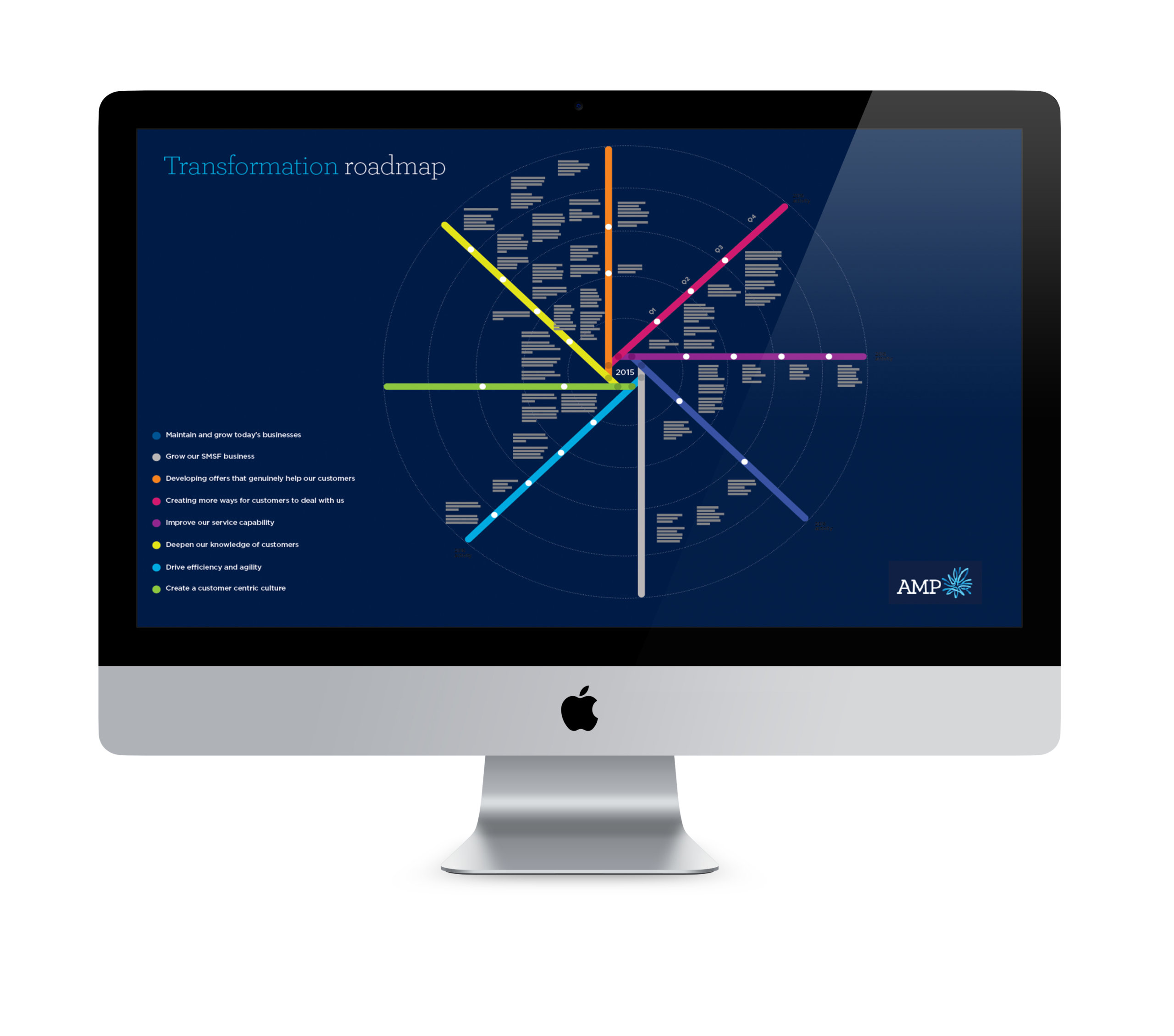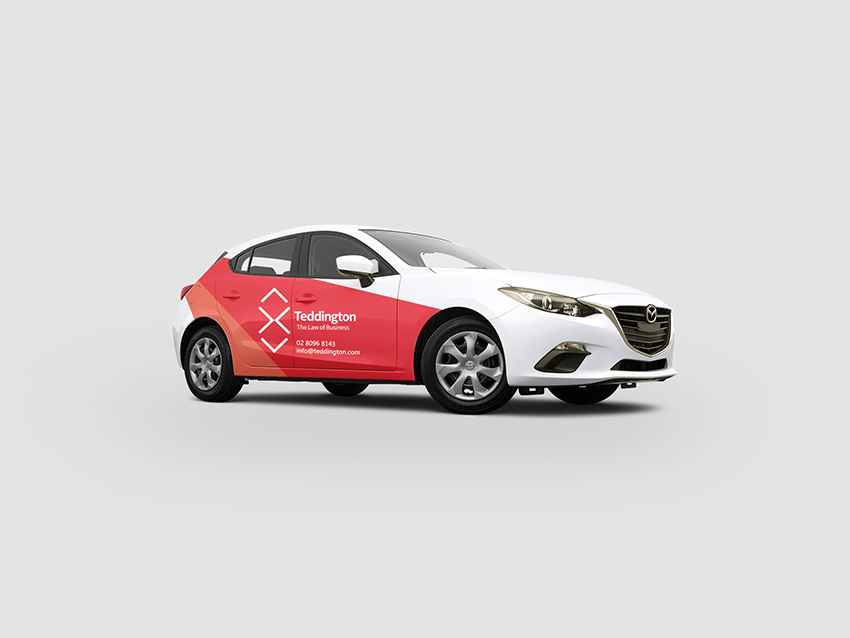Our Branding Services
Everything we do is based on creating tangible value for the brands in our care. We’ll grow your brand’s visibility and value; to stand out from the rest, and stay at your best.
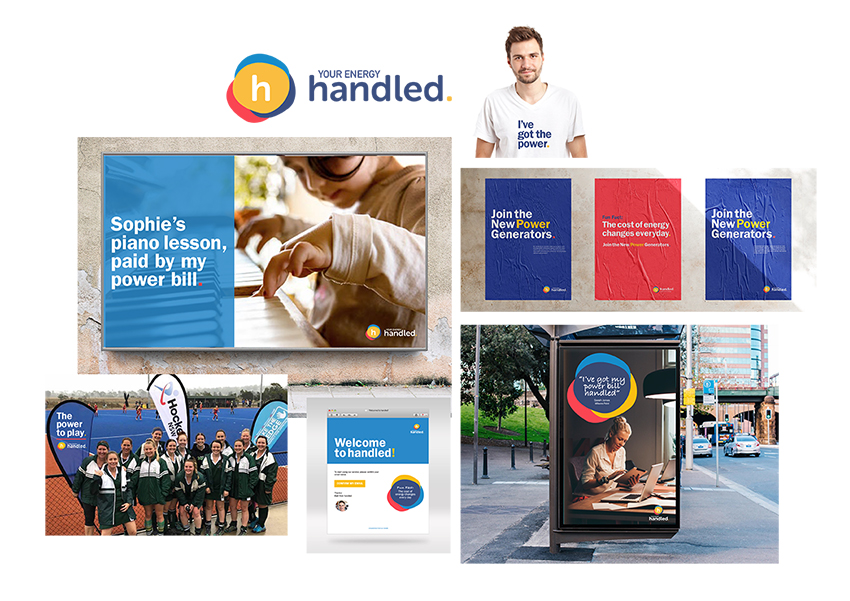

Brand Identity
We find the purpose and personality that defines your brand; its reason for being, and value in the world.
We find its identity.
To do this, we start with your Story. Every great brand has a meaningful story; that represents its ethos, character and connection to key audiences. And because people buy on emotion (and justify the transaction with logic) your story should have a structure. It goes like this:
The big picture sets the scene. The tangible elements of your service or product offering validate the message.
If you want an engaging and attractive brand, have a story that humanises who you are, and dedication to what you do. This helps people connect with your brand, and sets important benchmarks to measure all your activity by.
The essence of discovery is uncovering something that’s always been there. This is why we start our discovery sessions with key stakeholders in your organisation. Think of it as a Q&A to unpick where and why your brand is at its best, and where it should up its game.
We listen to what’s important to you, and how you describe what you do. In this way, we can create the context so your story connects with, and compels people to put your brand first.
Once the story is developed, it informs every element of your Brand Identity:
- Logo
- Strapline
- Typeface
- Colour Palette
- Brand Voice
- Stakeholder Identification
- Communications examples
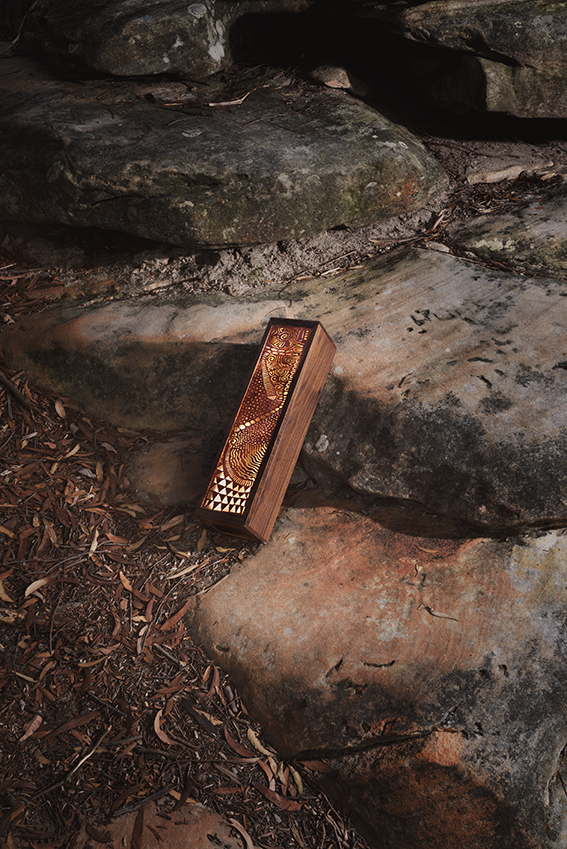
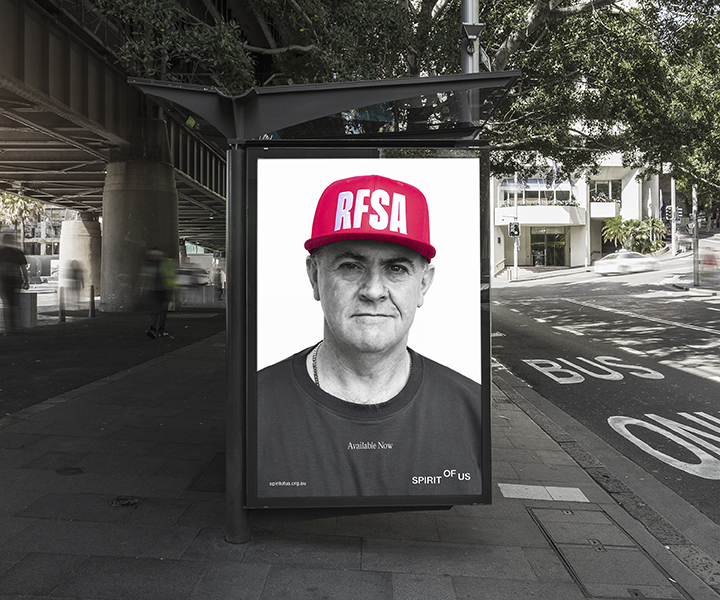
Brand Architecture
How people will interact with your brand, and understand how you operate.
Successful brands set a clear indication of how they intend to grow. This creates an expectation of what the brand is capable of. How a brand is established is influenced by its operational strategy, and potential. So knowing which brand architecture is best is an important consideration.
There are two types of Brand Architecture an organisation can set-up:
- Branded House
- House of Brands
(You can see why the term ‘Architecture’ is used)
A Branded House is where an ‘Mother brand’ is created, and every subsequent brand developed carries that ‘family’ name. An example of this is Virgin (e.g. Virgin Airlines, Virgin Active, Virgin Galactic, Virgin Holidays, Virgin Money). A branded house means that every iteration of the brand is aligned in its personality/look and feel, with a central management structure; and the presentation of the brand is consistent, and more easily managed).
A House of Brands is defined by a parent company that creates multiple brands, each with its own identity. a good example of this Brand Architecture type is Unilever (which owns brands like Ben and Jerry’s, Rexona, Sunsilk, OMO etc.). Each band has its own identity and management structure, but is linked to the overarching product strategy that Unilever works to. The House of Brands model lets a company operate different business lines without confusing the market (e.g.”Wait, you make ice cream and deodorant..?!).
A seamless Brand Architecture is an important component in defining how your organisation represents itself. As a brand establishes itself in the marketplace, new or expanded brand activities can efficiently come on-stream. Not every brand needs to define their architecture, but it does create a conversation around the aspiration of the brand in the formative stages of its development.
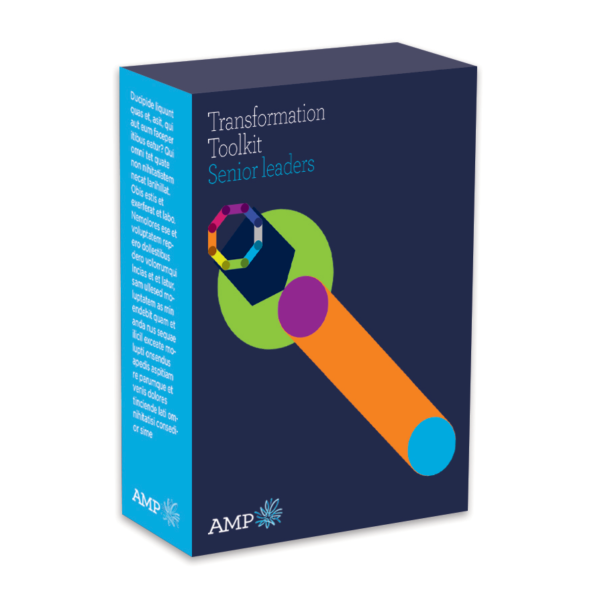

Brand Strategy
For a brand to deliver on its promise it must have a well defined, outcome focused structure that proves its worth. This is because a brand is just an idea until it has shown, in tangible ways, the clear value it provides its most important audiences.
This structure is what we call Brand Strategy.
A Brand Strategy is what drives and aligns all ongoing activity. And it’s critical to building trust in the marketplace. The Brand Strategy identifies, positions and integrates the core aspects critical to meaningful engagement. Yet often there is no detailed investigation of a Brand’s DNA; and important, engaging elements are missed, or left dormant.
It’s about unlocking and channelling the power in your brand so it can resonate and convince people to choose you above others.
Our approach to developing a Brand Strategy is based on understanding:
- What you do
- What makes you different
- Who your most important audiences are
- Where you could be better
- Why people choose you
This operational view sets the landscape for where (and how) the brand can operate at its optimum (in the minds of your key audiences). This means every campaign, outreach or awareness-raising exercise will be ‘on-brand’; consistently representing your point of difference and value.
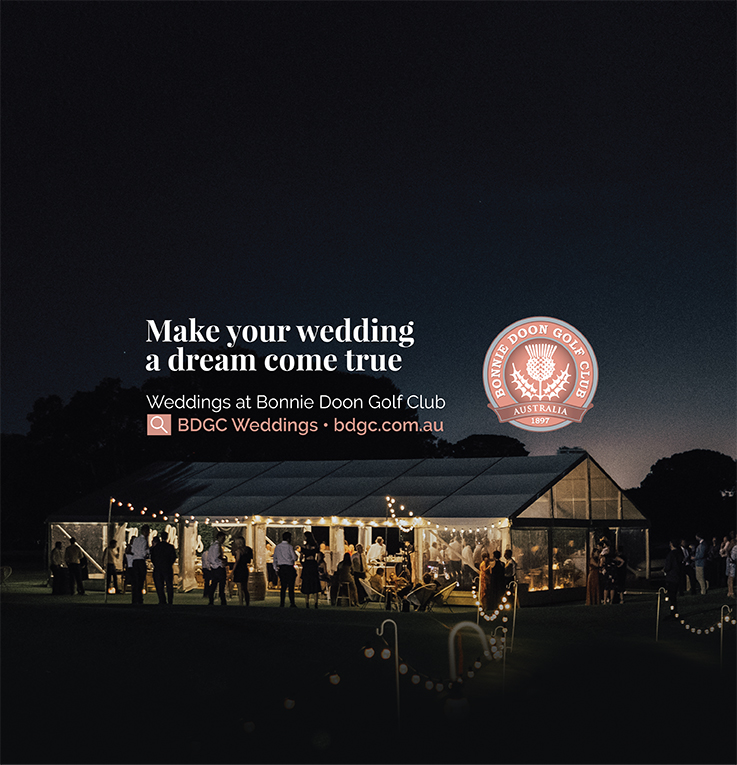
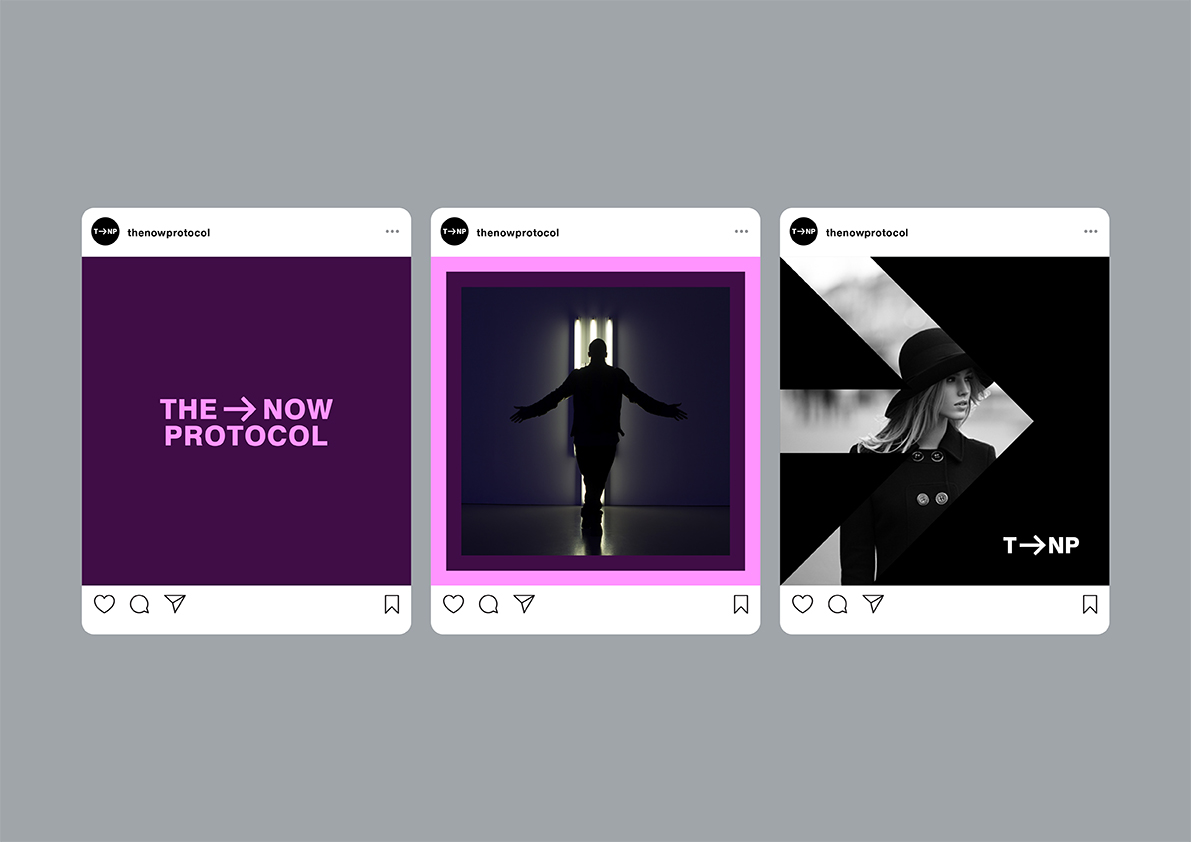
Brand Design & Development
We’ve created many unique brands across a range of sectors, and apply the same logic for each: Make the brand clear in its purpose, offer and value.
We embed and grow value for organisations by developing brands that are practical and outcome-based. Where customers or users get what they’re looking for. So they’ll feel good about the relationship, and want to come back.
We take a detailed and diligent approach, benchmarking all activity on the value it brings. For all parties. We keep the process simple, and easy to follow. The Now Protocol make it easy for organisations to manage and get the most from their brand, across all applications.
Our mantra about brand: Make it central to, and integrated with, every activity.

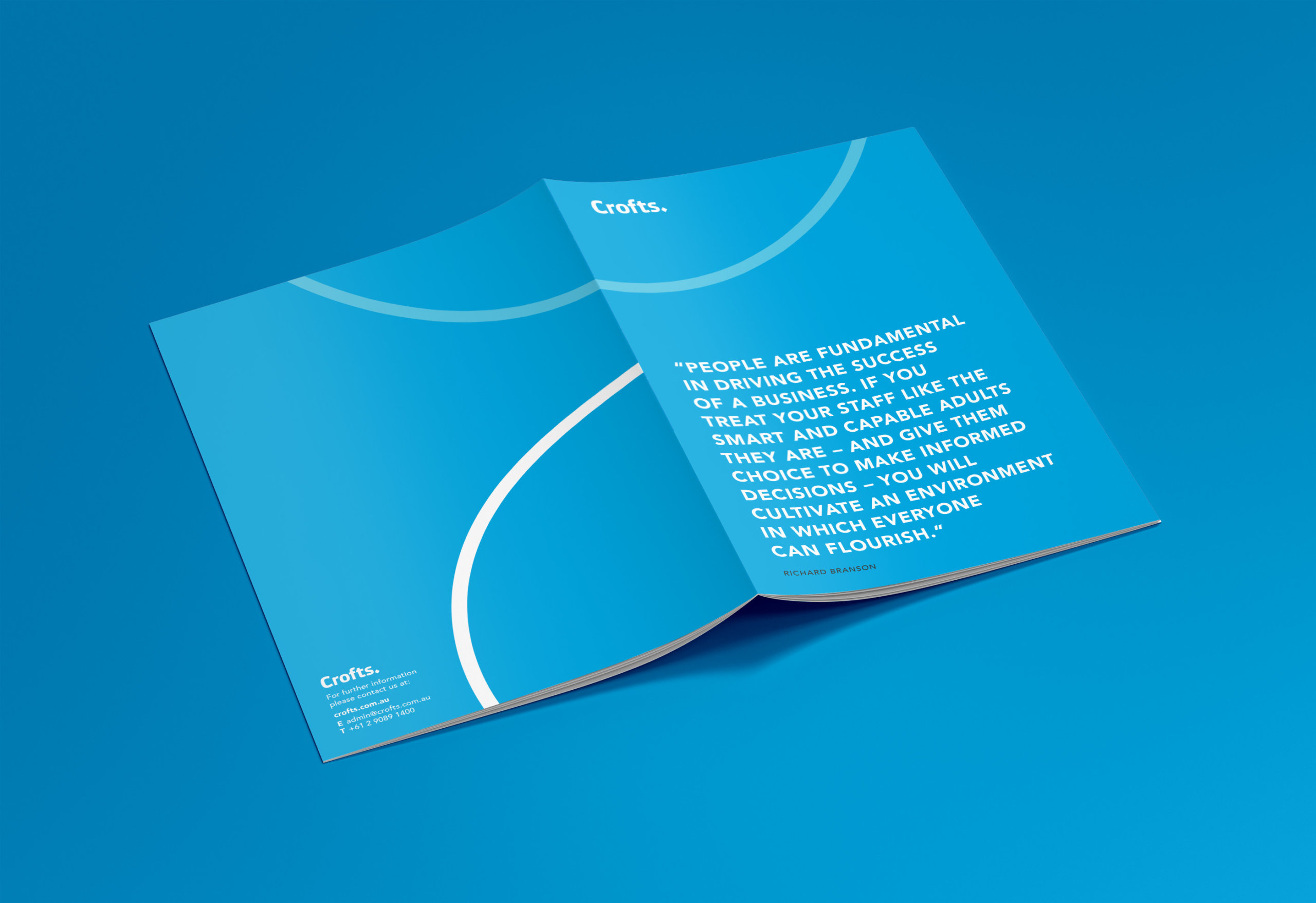
Rebranding
Many brands are developed by prioritising the organisation’s operational activity. And that’s understandable: your products and services are what people want, and buy. Once the transaction is completed, job done.
However, we’re in a world where the customer has greater choice than ever, and a powerful voice that can be heard far and wide.
Yes, brands are driven by transactions. But the psychology behind what makes people choose to transact is where brands can improve their viability and reputation. If your brand is centred on ‘what we do’, you may need to re-frame how you project your value.
Yet the idea of rebranding can be scary: all that time and effort shredded, and replaced with something completely new. We would never suggest doing this. It’s not required, and can do more damage than good.
Instead, we identify the aspects of your brand that are powerful, and meaningful for your key audiences. Wherever possible we’ll keep elements that have made the brand visible and valuable, because this is what people know. Re-branding is not creating a new you, it’s about creating a stronger, clearer connection.
Most importantly, we simplify and ‘customer-ise’ your tone of voice and key messaging, so people can see themselves in the brand.
